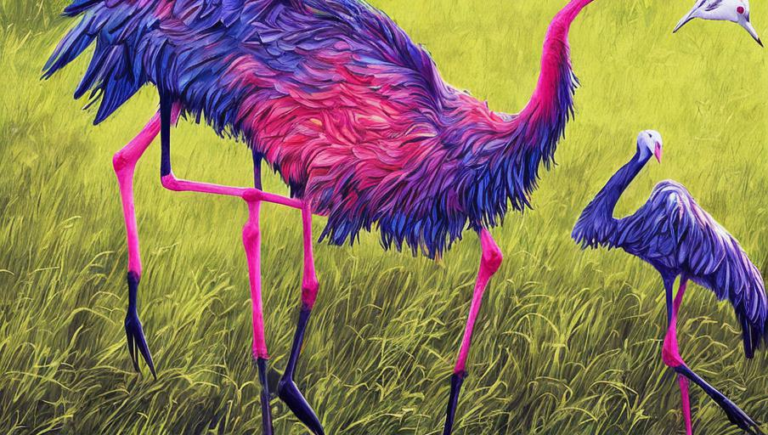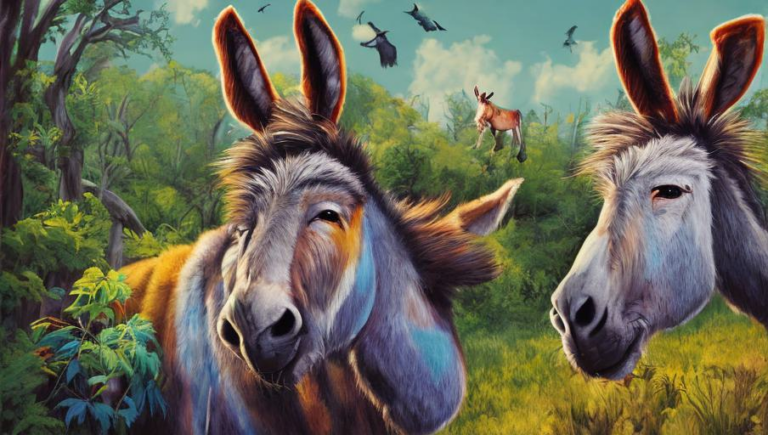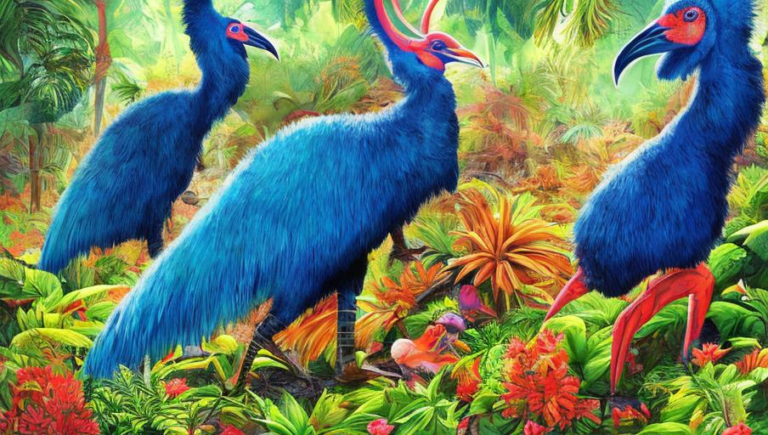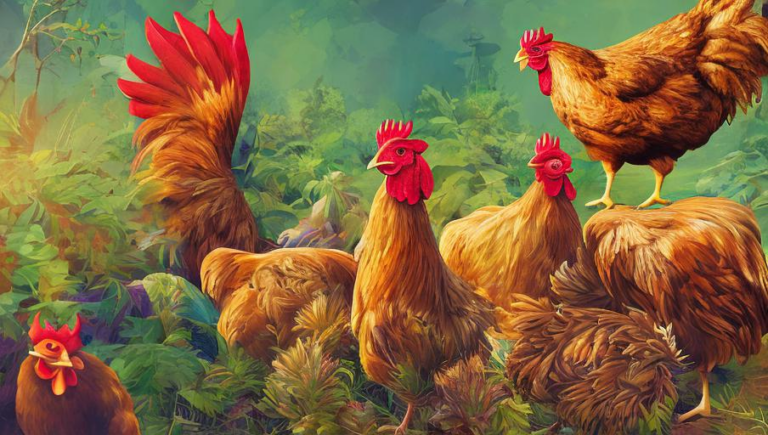The Curious Habits of Crabs
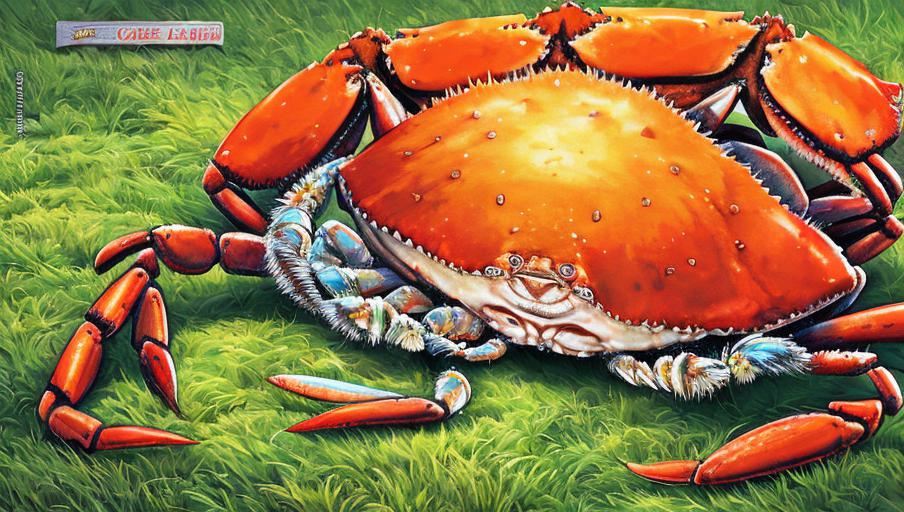
Crab Biology
Crabs are a diverse group of decapod crustaceans, meaning they have ten legs. They are found in all of the world’s oceans as well as in fresh water, and they can also be found in terrestrial habitats such as forests, grasslands, deserts, and mountains. Crabs can range in size from a few millimeters to up to 4 meters in length. Crabs have a hard exoskeleton and a pair of claws for protection and for gathering food. They are omnivores, meaning they eat both plants and animals, and they use the claws to tear apart food.
Crab Habits
Crabs are mostly solitary creatures, but some species have been known to form large colonies. They are also known to engage in a variety of behaviors, such as burrowing and climbing. Crabs are also known to be very active during the day, foraging for food and exploring their surroundings. At night, they will often hide in the sand or in crevices to avoid predators. Crabs are also scavengers and will feed on dead animals and plants.
Crab Reproduction
Crabs reproduce through a process called internal fertilization. This process involves the male crab transferring a packet of sperm to the female crab’s body. The female then stores the sperm until she is ready to lay her eggs. Female crabs will lay hundreds of eggs at once, which will then be externally fertilized by the sperm in the water. The eggs are then attached to the female’s abdomen until they hatch.
Crab Defense
Crabs have many defense mechanisms to protect themselves from predators. They have a hard exoskeleton that can make them difficult to bite or grab onto. They also have two large claws which they use to fight off predators and to deter potential threats. Additionally, some crabs can release distasteful or toxic chemicals from their bodies, which can deter predators.
Conclusion
Crabs are fascinating creatures with a variety of behaviors and defense mechanisms. They are found in a variety of habitats around the world and play an important role in their ecosystems. By learning more about their biology and habits, we can better understand and appreciate these creatures.
